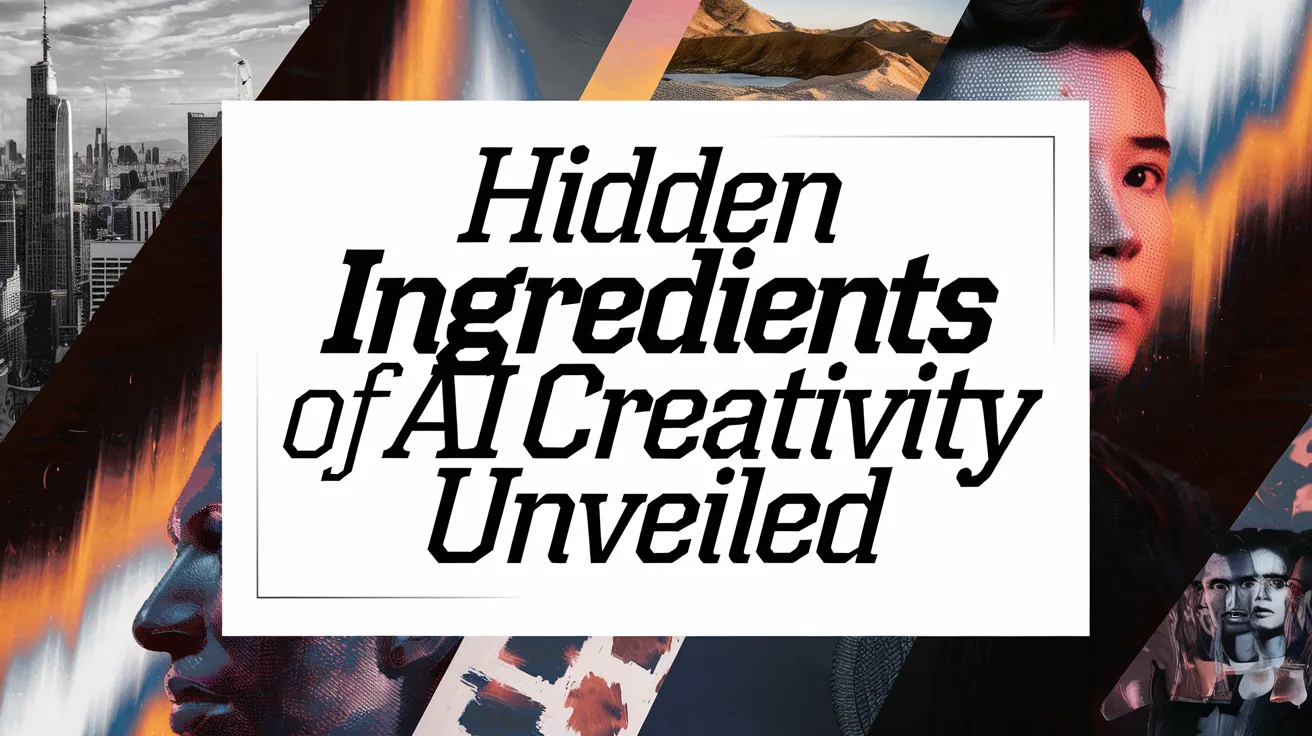Hidden Ingredients of AI Creativity Unveiled

The ongoing evolution of artificial intelligence has often led to surprising developments. While early predictions focused on robotic assistants performing mundane tasks, the rise of AI in areas such as chess, text analysis, and creative expression has redefined expectations. Recently, researchers have turned their attention to the nuanced creativity displayed by AI algorithms, particularly those underpinning image generation.
Diffusion models, foundational to tools like DALL·E, Imagen, and Stable Diffusion, are explicitly designed to replicate the images they have been trained on. Yet, these models frequently exhibit an unusual ability to blend and remix elements in ways that create novel images—not just random patterns, but coherent outputs imbued with meaning. This paradox—the ability of these systems to generate originals while ostensibly functioning as mere reproductions—has puzzled AI specialists.
Researchers Giulio Biroli and his colleagues have proposed a groundbreaking explanation for this phenomenon. Their new study suggests that the apparent creativity of diffusion models is not a fluke but a deterministic outcome built into their architecture. The findings, to be presented at the International Conference on Machine Learning in 2025, indicate that imperfections in the denoising processes of these models are what fuel their creativity.
To generate new images, diffusion models initially distort a known image into digital noise before reconstructing it. Researchers have hypothesized for years that if the models mainly reorganize existing elements, true creativity shouldn’t emerge. Yet, Kamb and Biroli argue otherwise; their mathematical models assert that any creativity seen is a direct result of the methods employed during denoising.
One intriguing comparison drawn in the study is the similarity between diffusion models’ operations and morphogenesis—the biological process through which living organisms develop and self-assemble. Just as cellular coordination occurs locally without a central directive, so too do diffusion models create images patch by patch. This decentralized operation not only leads to intricate structures but can also result in anomalies—like humans depicted with extra fingers in AI-generated images.
Through meticulously designed simulations, the research team tested the hypothesis that locality (focusing on individual patches of pixels) and translational equivariance (adapting changes consistently across the image) inherently give rise to unconventional outputs. Findings illustrated that they could replicate diffusion model outputs with a previously unheard-of accuracy of 90% by purely optimizing for these constraints.
Kamb posits that this process of constraint-driven creativity mirrors the artistic experience: “Creativity could be understood as an emergent product of informed improvisation,” he mused. The very limitations perceived early on may be the essence of artistic innovation in AI.
Although Kamb and Biroli shed light on a potent mechanism driving AI creativity, it’s clear that many mysteries still lay ahead. The study opens avenues for future inquiries into other AI systems, such as large language models, which exhibit similar creative outputs without relying directly on locality or equivariance.
A broader implication of this research not only deepens our understanding of artificial creativity; it also raises questions about humanity’s creative processes. Researchers like Ben Hoover suggest that there may be more parallels between human and artificial creativity than previously acknowledged—where both entities assemble from their experiences and environments to create new forms of expression.
Ultimately, this study underscores the complexities of creativity, be it human or machine. The narrative that emerges is one where creativity might stem from a shared quest to bridge the gaps in our understanding of the universe, both artificial and organic, hinting at the essence of what it means to create.